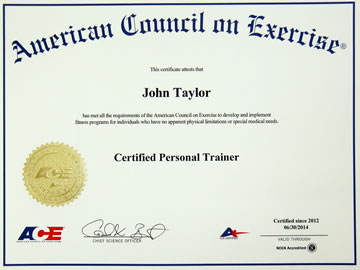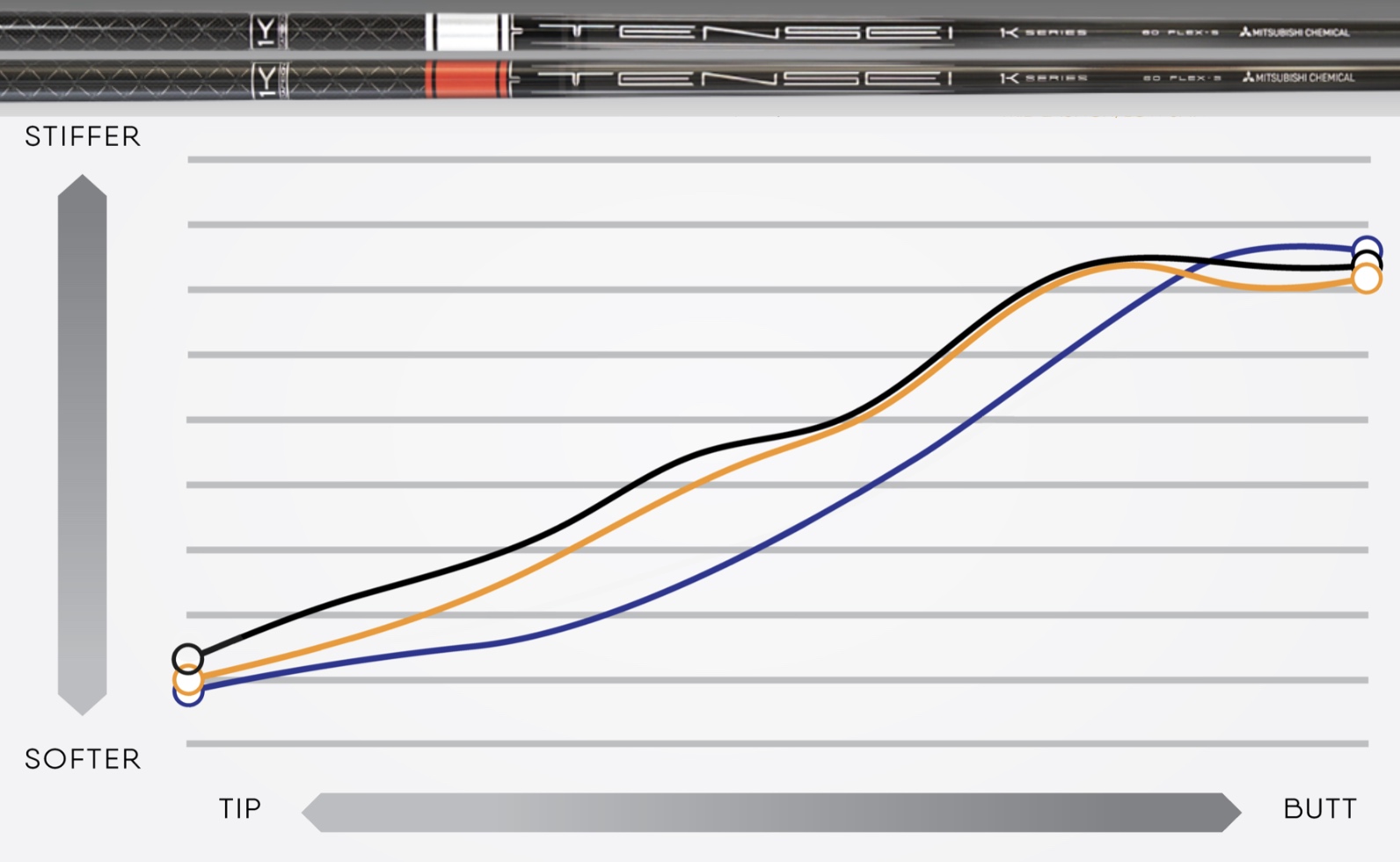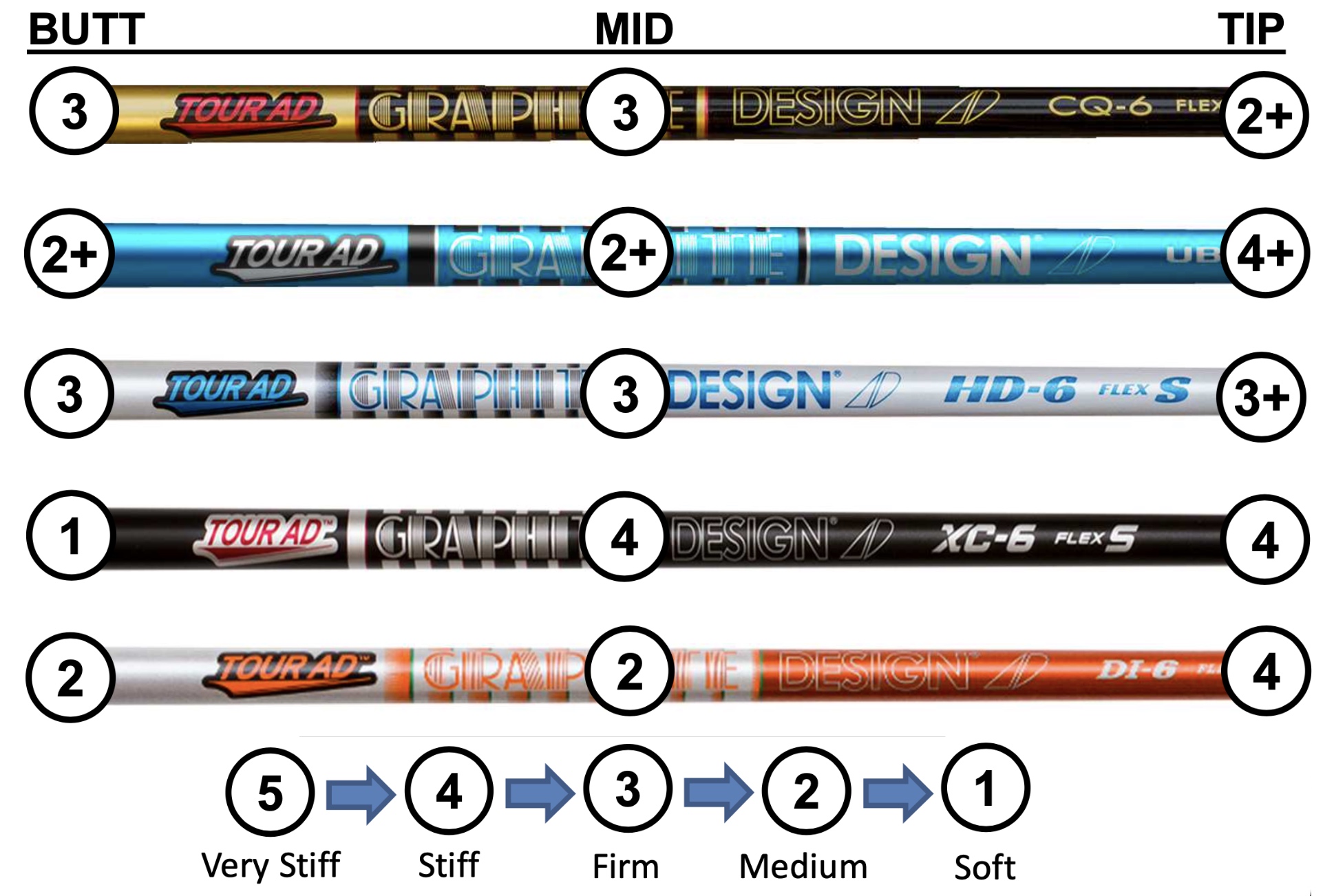Golf Video Distortion
One of the major problems in teaching golf (and consequently learning golf) comes from the perspective errors in viewing the golf swing in a two dimensional plane. It's the way most of us look at the golf swing: e.g., by viewing face-on or along the target line, by video capture from the same positions, or from pictures in books and magazines. Depending on the viewpoint, it's difficult to judge angles and positions accurately.
We think of the problem as video distortion, and it has lead to some inadequate concepts of the golf swing that are open to debate -- "the downswing is a double pendulum", "the spine angle should be constant in the swing", "the swing starts from the ground up" are examples of ideas that merit scrutiny. It's difficult to develop an accurate description of a three-dimensional swing from two dimensional input data.
Here's a classic problem. A common opinion is that the spine angle should not change during the swing. Let's consider what's happening in the swing. If we consider an effective address position, the upper body is bent forward (flexion) about 35 - 40 degrees from vertical. Viewing the backswing from a face-on perspective, a skilled golfer may look like he has maintained a constant spine angle during a full backswing and downswing.
Viewed from down the target line, however, we may see considerable lateral bend and flexion in the spine during the downswing. Modern studies indicate these changes in spine angle are a significant contributor to the power developed in the swing. A golfer who struggles to minimize spine angle changes in the downswing is likely to lose power. A direct measure of the changes in the spine angles during the swing helps to understand how these spine angle changes manifest themselves in an individual golf swing.
That's where we can use a motion capture sensor capable of detecting movement in three degrees or six degrees of freedom (e.g., bend, tilt, turn, and/or slide, thrust, lift). Measuring the angle changes that occur in the swing shows us that forward bend and side tilt angles are constantly changing during the swing and that our view of overall spine angle in the swing is the result of how bend, tilt, and turn angles interact. A problem that develops in one or more of those angles are difficult to visualize from a 2D perspective without the help of the K-Vest.





























 John Taylor
John Taylor
Reader Comments